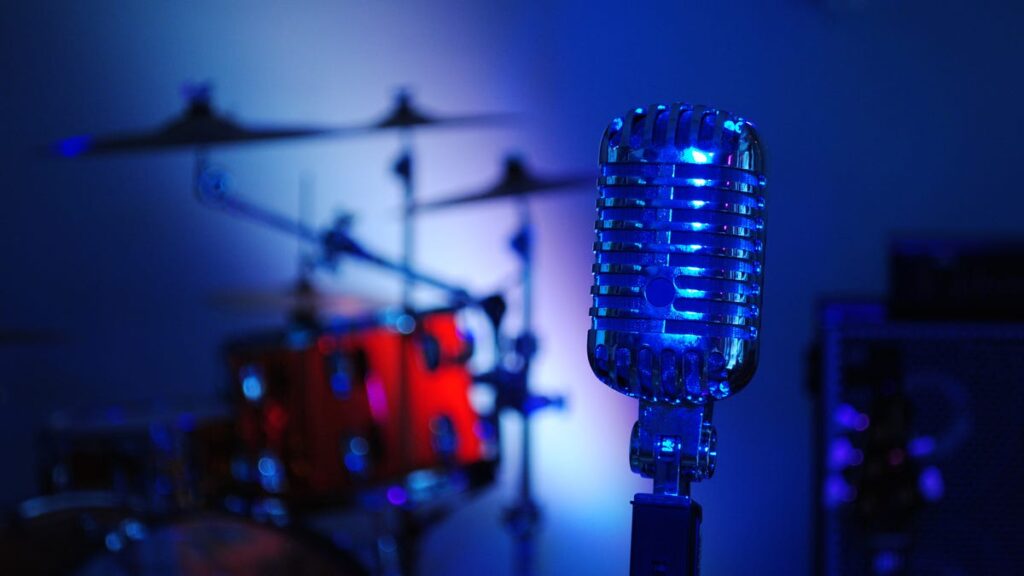If you're looking for a good microphone to add to your recording setup, you may have seen both USB and XLR microphones. The choice of which one to use should be based on your needs and budget, but there are some factors to consider first.
USB microphones are a great option for beginners as well as those who want to try out some recording ideas at home. Not only is it affordable, but it also comes with several different pickup patterns (how you record your sound) for a variety of recording situations, including one-on-one podcast interviews, single-host live streams, and of course home studio recording. are often prepared. The biggest drawback of USB microphones is that they don't use professional studio-grade components, as they are meant to be more available and therefore more affordable. This means sacrificing clarity and fidelity in favor of versatility and cost efficiency.
On the other hand, for experienced home recording artists, XLR microphones are a better choice. These typically use a 3-pin cable connection and two devices called a phantom power module and a preamplifier module. While USB microphones draw power from your computer, tablet, or connected device, XLR microphones require a phantom power unit to work properly. The preamp module lets you adjust things like gain and microphone monitoring volume before sending the audio signal to your PC or tablet for processing in your favorite music production software. Some XLR microphones, such as the SteelSeries Alias Pro, come with a combo phantom power/preamp module, which is not only cost-effective but also great for small home recording studios that don't have space for a lot of specialized equipment. is a better option for


